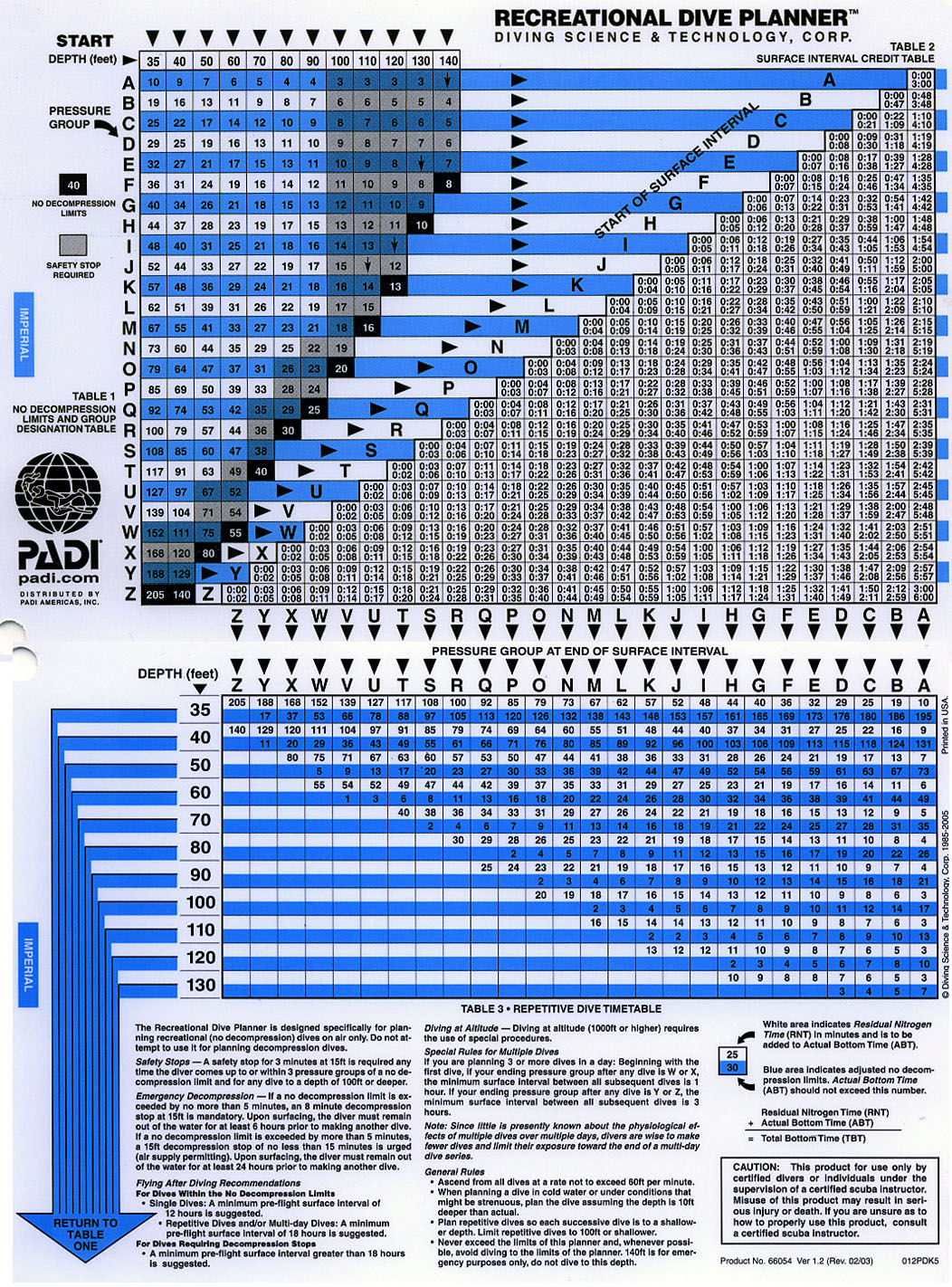Reg Braithwaite
Contributor
You may find some answers within this thread from a few months ago. There is a lot of the same debating as is going on here, but near the end of that thread are some references you may find interesting.
I think I recall that thread, thank you. Tthere are some real gems in there, although I had to plonk someone to make the whole thing coherent. I thought Blackwood nailed the literal subject of this thread:
There's no inconsistency [in terminology].
The difference is that said "required" safety stop isn't required to satisfy the decompression model, it's to satisfy the author of the table annotation (and likely the lawyers turning the screws).
(Where by "nailed it," what I actually mean is, "Expressed in a simple and direct manner what I believe based on light reading and couch surfing." My endorsement is pretty-much meaningless.)




 weird SB posting bug, please ignore this post
weird SB posting bug, please ignore this post